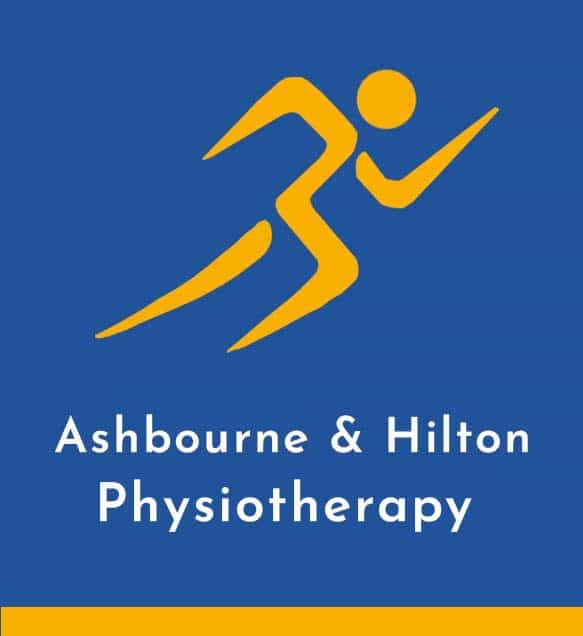How Scars Affect Movement and Why Treatment Matters
Our bodies are amazing at healing! When we injure ourselves, or have surgery, hundreds of specialised cells jump into action to heal the tissues allowing us to quickly get back to the things that are important to us.
However, as new immature collagen is laid down to heal the scar, it is not uncommon for the scar to become tight or raised which can be uncomfortable and restrict function and return to sport. Tightness in a scar can extend beneath the skin preventing the connective tissue below (also known as fascia) from moving freely. This can affect movement both at the site of the scar but also at the surrounding parts of the body.
For example, a C-Section or caesarean scar involves the abdominal fascia which can impact the lower back, hips or pelvis. Likewise, breast surgery involves the pectoral muscles and often the fascia covering the ribs which can affect both shoulder function and rib movement.
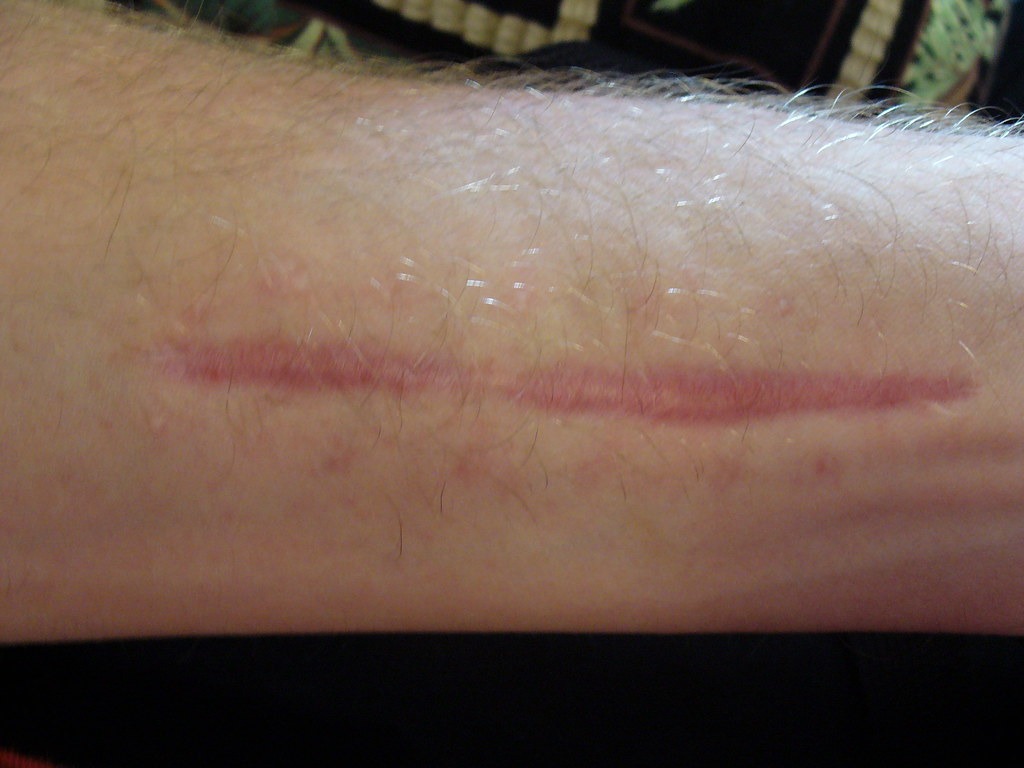
Understanding Different Types of Scars
There are 3 types of Scar:
- A Flat Line Scar is smooth and blends in nicely with the surrounding skin. This is the ideal type of scar however if there is any discomfort or pulling, scar therapy may still help.
- A Hypertrophic Scar is when too much collagen is laid down, forming a raised ‘rope like’ scar. 50% of scars will be hypertrophic and 60% of these will stay hypertrophic without treatment.
- A Keloid Scar is when the scar continues to grow outwards beyond the line of the original scar, forming a wider scar. Keloid scars are more likely to develop if you have previously had a keloid scar, have black skin or have a family history of keloid scarring.
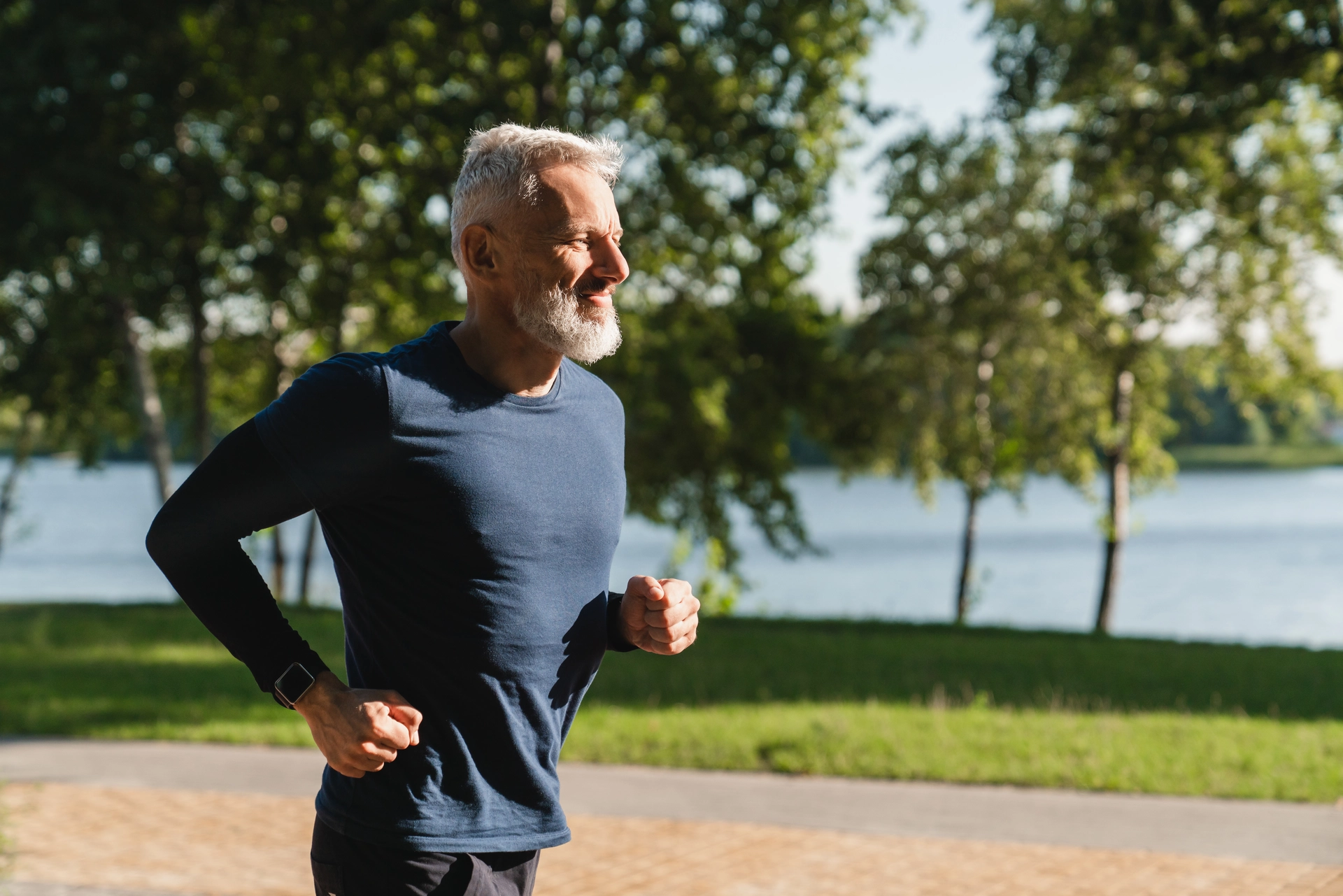
Why Choose Us for Scar Therapy
- Specialist expertise – Scar therapy provided by Elizabeth Griggs, BSc (Hons), MCSP, HCPC registered physiotherapist and trained in scar management.
- Evidence-based techniques – Combining hands-on scar massage, silicone compression, and bespoke rehabilitation plans.
- Personalised care – Every treatment begins with your story, your goals, and a tailored recovery plan.
- Experience with complex scars – Supporting recovery after C-sections, breast surgery, joint replacements, and traumatic injuries.
- Local and trusted – Serving patients across Ashbourne, Hilton, Derbyshire and Staffordshire for years.

Scar therapy can help with all 3 types to reduce discomfort, pulling and tightness and optimise return to full function. It is available following C-Section, abdominal and breast surgery, and can also be helpful following orthopaedic surgery-like knee and hip replacements or after injuries.
Scar therapy always begins with listening to your story, finding out what matters most to you in your recovery and identifying your individual goals. Both the physical and emotional impact of your scar are considered.
This is followed by a thorough assessment of movement, posture and of the scar itself. Hands on scar massage helps to soften the tissues and you will be taught how to do this at home to optimise your recovery. A bespoke rehab plan will be developed which may include core strengthening, pelvic floor rehab, breathwork and any stretches and strengthening exercises as are appropriate to the type of scar.
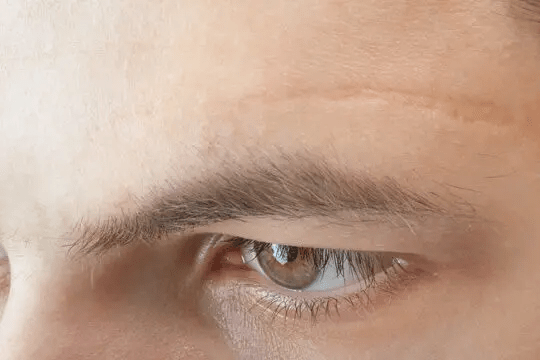
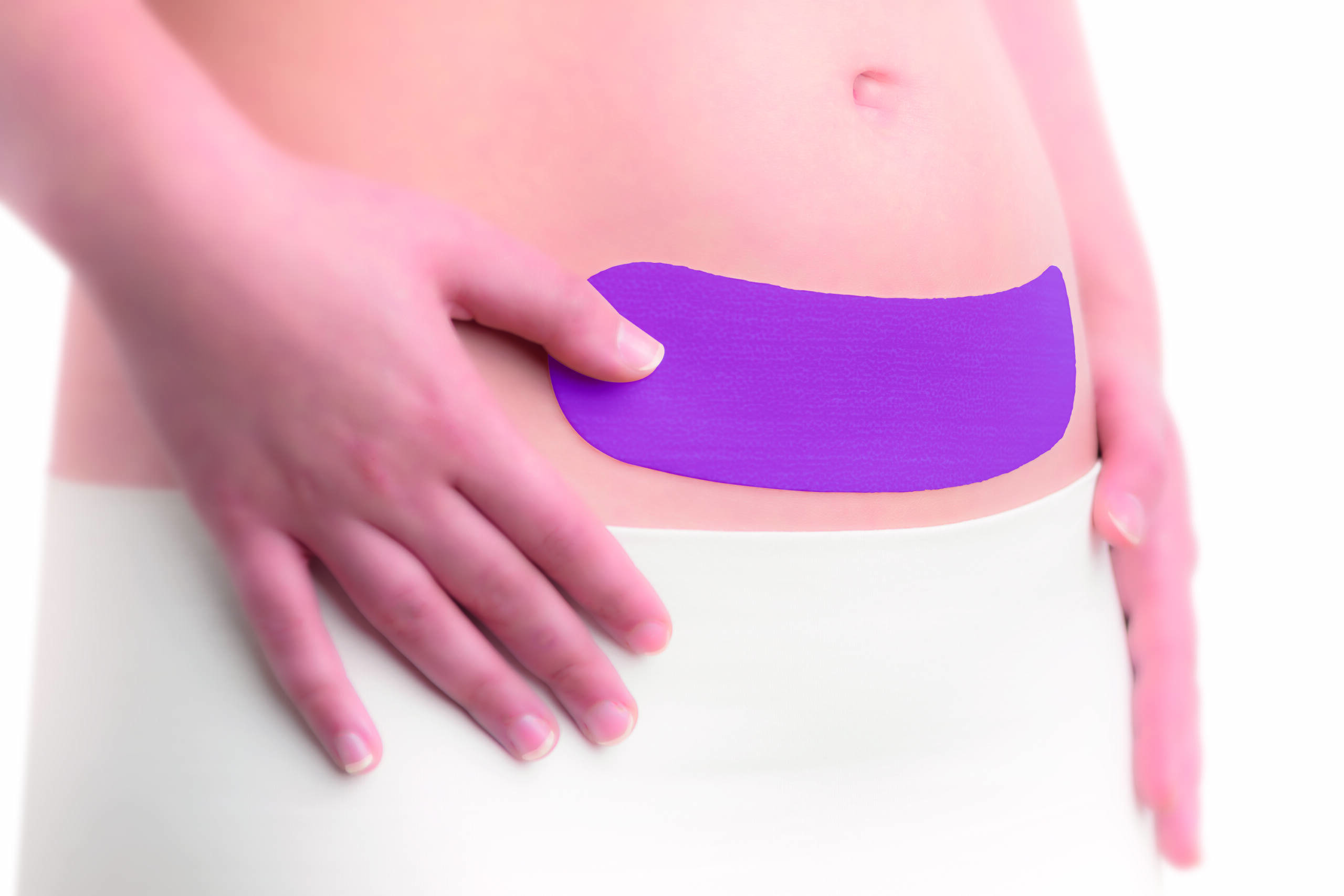
The use of Silicone compression on the scar is considered to be the Gold Standard for Scar healing. We have some products available in clinic and can offer advice and support with this.
Scar therapy can start from 6 weeks post-op AND when the scar is fully closed with no sign of infection. The sooner you start the better, but even though a scar matures after approximately 2 years, scar therapy can still help many years later if the scar is pinned down or adhesions have formed that have been left untreated.
If you would like to know more about if scar therapy might help for you, please contact us at the clinic.
